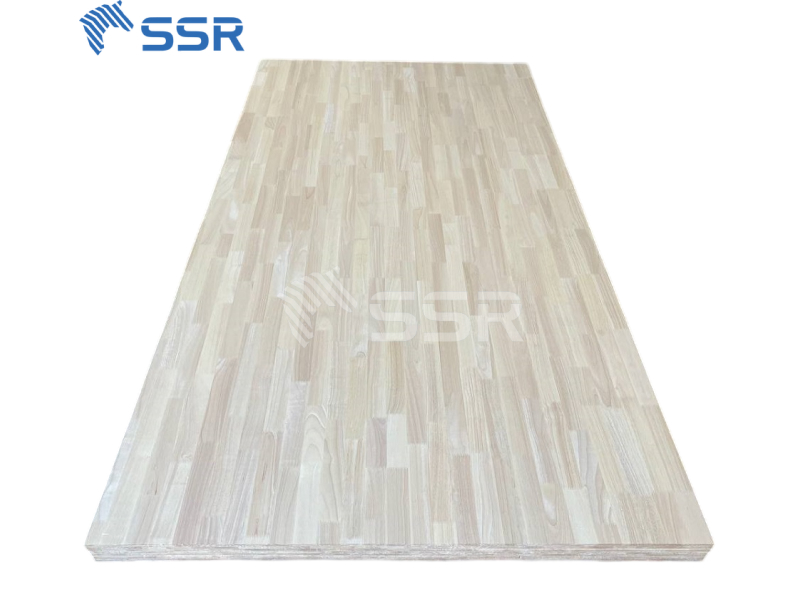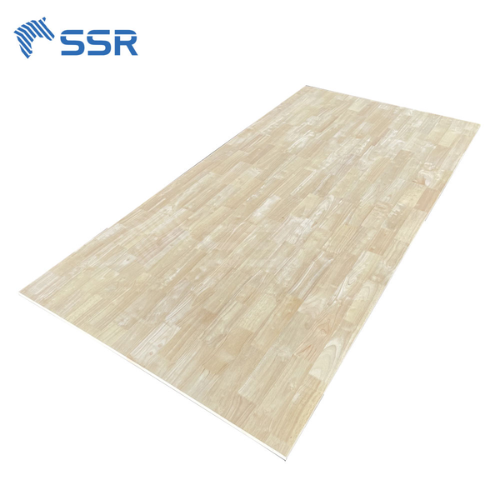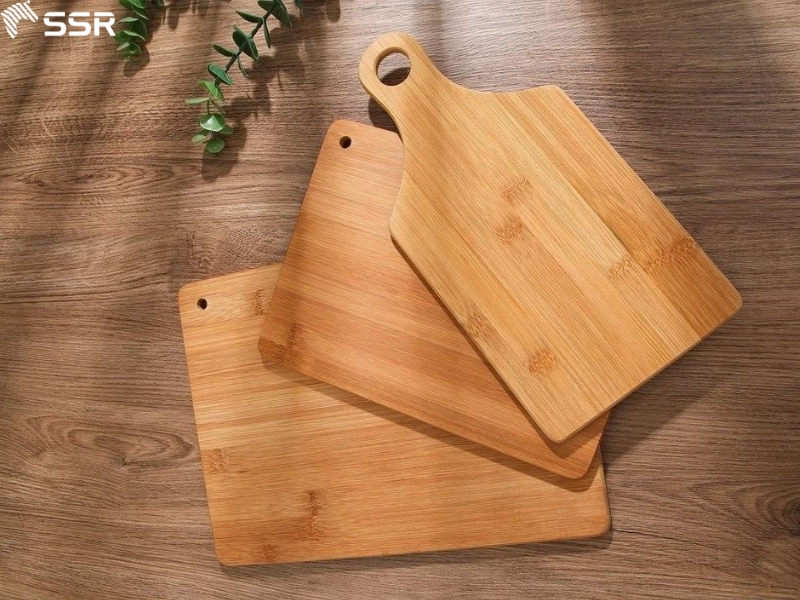NEWS
The risks of “climate change” and “greenhouse effect” have become imprinted phrases every time environmental issues are mentioned. So where do these hidden come from? Most of them come from the impact of industries, of which the wood industry is also a factor contributing to that wind. SSR VINA is not an outsider in upholding sustainable values in the formation of wood products and environmental protection.
Learn about the impact of the timber industry on the environment
- Energy and resource consumption, greenhouse gas emissions, and weakens biodiversity
Exploitation, processing, packaging, and transportation,… including the stage of using wood protection chemicals before owning a wooden furniture product affects large energy and resources (forest resources, water resources, land resources) along with emitting a significant amount of greenhouse gases into the environment, These have contributed to climate change globally, undermining biodiversity. If non-renewable energy sources such as coal, gas, or petroleum continue to be used, this situation will worsen.
- Generating waste that pollutes the environment
The timber industry generates a large amount of solid and liquid waste. Poor waste management can lead to serious environmental pollution. Implementing a system for processing biological waste can convert organic waste into renewable energy sources.
- Cause wastefulness
The wood production process often results in significant wastage, including unused portions and products that do not meet quality standards during processing. Focusing on waste reduction and promoting recycling can conserve precious resources and minimize negative environmental impacts. Wood processing should have a specific strategy to utilize leftovers, such as using wood chips for plywood production and sawdust for making fertilizer for crops, to maximize the value of raw materials and ensure sustainability in wood production.
SSR VINA upholds the value of sustainability in the formation of wood products and environmental protection
- Biomass
Biomass fuel is designed to ensure sustainability and environmental friendliness, delivering high quality while being efficient and cost-effective.
Wood Pellets: Made from waste products such as wood chips and sawdust, compacted into small, hard pellets.

Wood Pellets
Pini Kay Briquettes: Considered ecological hot wood since the raw materials used to produce pini kay wood are usually various agricultural and forestry wastes, such as tree branches, straws, rice husks, logs, wood scraps,…
Charcoal: Made from wood through the process of drying wood (separating the carbon element from other components, mainly water vapor and volatile substances), still keep a part retains part of the structure of wood cells.
Sawdust: Is an organic material derived from wood, bamboo, and schizostachyum aciculare. This is a by-product of wood processing and is usually formed after the wood has been sawn into panels or treated wood.

Sawdust
Biomass fuel used as fuel for boilers helps hundreds of businesses save significant costs and contributes significantly to protecting the environment from bad emissions from other raw materials. Sawdust is an important raw material in the field of furniture production, used to make plywood or pressed to make chairs, tables, and cabinets at a cheaper price than chairs and cabinets made of wood.
- Finger joint board
The finger joint board was created to take advantage of chip stone, so this is a very environmentally friendly product, reducing the user’s demand for natural wood products.
A look at the types of finger joint boards SSR VINA distributes
Pine finger joint board:

Pine finger joint board
—
Ash finger joint board:
—

Ash finger joint board
Oak finger joint board:
—

Oak finger joint board
Eucalyptus finger joint board:

Eucalyptus finger joint board
—
Sapele finger joint board:

Sapele finger joint board
—
Rubberwood finger joint board:

Rubberwood finger joint board
—
Acacia finger joint board:

Acacia finger joint board
—
Bamboo press wood board

Bamboo press wood board
Finger joint boards are widely used in the design and construction of furniture, including household furniture, offices, and schools,… with products: tables, cabinets, shelves, beds, doors, stairs, flooring, wall panels, and partitions,… Finger joint boards are typically more cost-effective compared to solid natural wood in the market, making them accessible and easy for consumers to purchase and use.
In general, timber harvesting, if carried out by the law, ensures safety, and a plan to replant forests after harvesting, will not harm the environment. On the contrary, if logging is illegal, indiscriminate, unsafe, and does not pay attention to reforestation, it will lead to environmental destruction. SSR VINA accompanies the noble goal of promoting sustainable value in the production of wood products and environmental protection.
Featured Products
Acacia Wood Butcher Block Countertops Supplier
Specifications:
- Species: Acacia
- Moisture: < 12%
- Wood Stave (Length): 150-400 mm
- Wood Stave (Width): 30-80 mm
- Length & Width tolerance: 0/+3 mm
- Thickness tolerance: +/- 0.2 mm
- Glue: D4
- Quality: AB, BC or customized
- Surface finish: Sanding 180-240 grit, 2 faces
Rubberwood Finger Joint Board Supplier
- Species: Rubberwood
- Moisture: <12 %
- Wood Stave (Length): 150-600 mm
- Wood Stave (Width): 35-80 mm
- Length & Width tolerance: 0/+3 mm
- Thickness tolerance: +/- 0.2 mm
- Glue: D4
- Quality: AA, AC or customized
- Surface Finish: sanding 240-320 grit, 2 faces
Birch Butcher Block Countertop Supplier
Specifications:
- Species: Birch
- Moisture: < 12%
- Wood Stave (Length): 150-400 mm
- Wood Stave (Width): 20-80 mm
- Length & Width tolerance: 0/+3 mm
- Thickness tolerance: +/- 0.2 mm
- Glue: D4
- Quality: AB, AC or customized
- Surface finish: Sanding 180-240 grit, 2 faces.
Featured News
Related News
Bamboo Cutting Board Tips for Distributors – SSR VINA
Bamboo has become a popular alternative to traditional hardwoods when it comes to kitchen cutting boards. But is it really a good choice for your kitchen? In this guide, we’ll cover everything from the benefits and downsides to care instructions, environmental impact, and FAQs. What is a Bamboo Cutting Board? A bamboo cutting board is […]

Biomass Energy: The Natural Powerhouse of Renewable Energy
In the search for sustainable energy solutions, biomass stands out as one of the most promising alternatives to fossil fuels. But what exactly is biomass, and why is it gaining attention around the world? Let’s explore how this natural energy source works, where it’s used, and what the future holds. What Is Biomass? Biomass refers […]








 Tháng 7 4, 2024
Tháng 7 4, 2024 | SSR
| SSR




